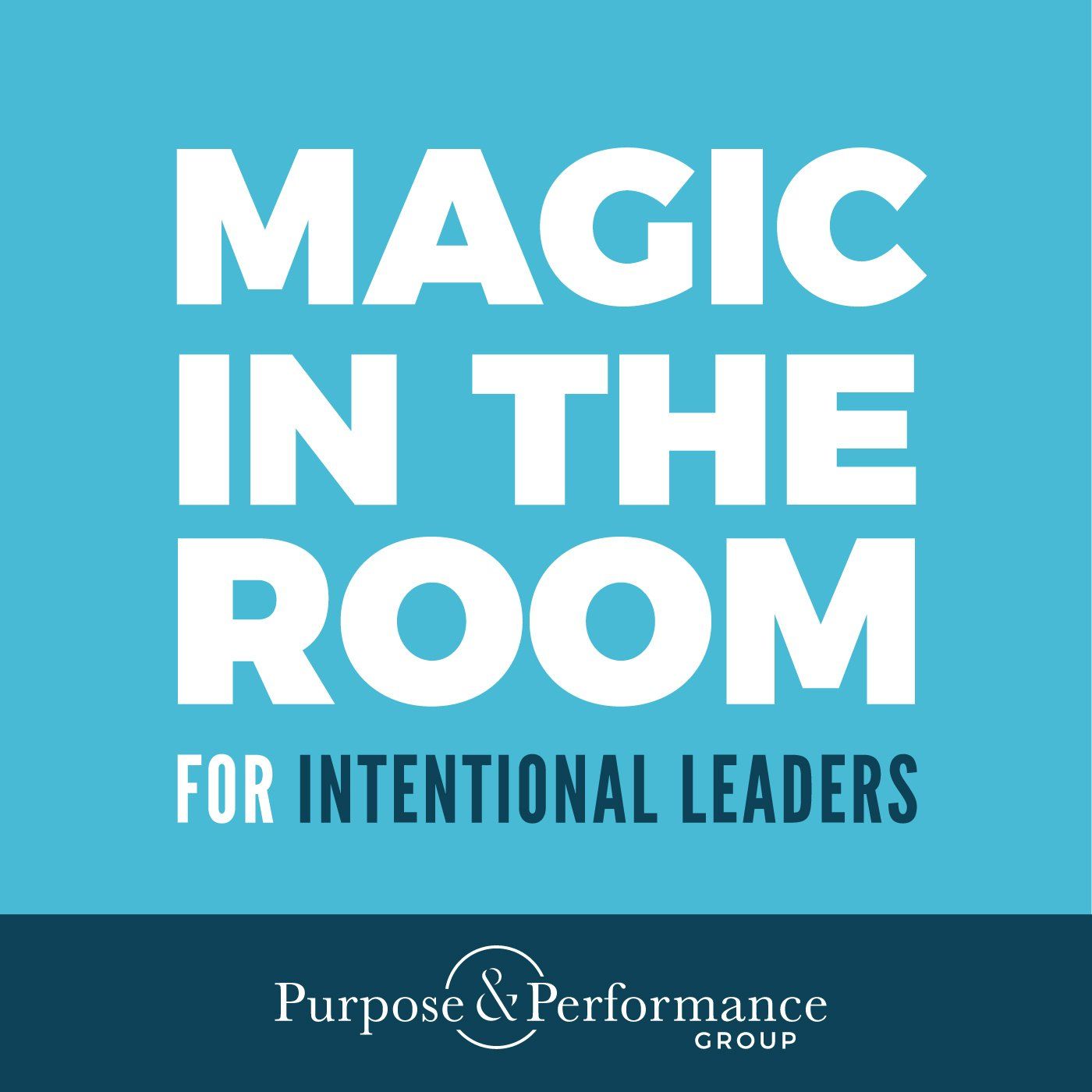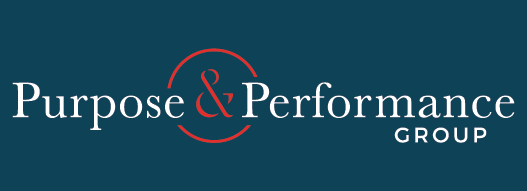Driving Engagement
Our next discovery along the EQ spectrum is driving engagement. When we actively seek to build engagement, and we do so in a way that helps people connect to the shared purpose of the project, team and organization, we create a climate where people are motivated to do their best to help the organization advance its purpose.
What Is Engagement?
According to Gallup , people who are engaged are fully absorbed by and enthusiastic about their work, and they take positive action to further the organization’s reputation and interests.
Hannah shares perspectives on what it means to be engaged at work.
Benefits of Engagement
When people are engaged, they do their best work. They are more productive because they feel energized, focused and aligned to the purpose of the organization. Team members stick around longer because they feel challenged yet supported, appreciated and valued by their team.
Numerous studies show that increases in engagement result in the following benefits to the organization:
- Improved profitability
- Better quality of service
- Higher productivity
- Increased revenue
- Higher customer satisfaction
- More innovation
- Higher retention of team members
The Bottom Line
Actively engaged people willingly go the extra mile to take care of their customers and advance the shared purpose.
Tactics for Increasing Engagement
- Anchor to purpose: Help people connect their personal purpose to the shared purpose of the team or organization. Invite team members to identify and articulate their individual purpose, and clarify the purpose of the project, your team, and the organization. Anchor outcomes to this shared purpose.
- Give helpful attention: Attention, not feedback, generates engagement. Positive attention exponentially increases engagement levels on a team. When people feel seen, heard, and understood, they are more likely to engage their hearts AND minds at work.
- Focus on strengths: People learn and change best when they feel good, not when they feel bad. Catch people doing something right – pay attention to what they already do well and make sure they know you noticed.
- Provide flexibility and autonomy: People are most engaged when they have psychological ownership of their situation – when they have a high level of autonomy of time, tasks and team. Set clear and explicit expectations of intent, then provide autonomy for execution.
- Invite input: Proactively ask people for their input and ideas, and share ownership and visibility for progress and success on projects and outcomes.
- Share meaningful recognition: Intentional, meaningful recognition of team members’ contributions and accomplishments builds loyalty, trust and engagement.
“The simple act of paying positive attention to people has a great deal to do with productivity.”
– Tom Peters (American management consultant and author)
Challenge Question
Going forward, what are some actions you can take to foster higher engagement on your work team(s)?
Resources
For further reading, see the following resources:
- Competency 16: “Drives Engagement” in the Korn Ferry Leadership Architect
 FYI® for your improvement.
FYI® for your improvement. - Book: Drive: The Surprising Truth About What Motivates Us by Daniel Pink
- Book: Nine Lies About Work: A Freethinking Leader’s Guide to the Real World by Marcus Buckingham and Ahsley Goodall
- Article: Employee Experience vs. Engagement: What’s the Difference
NEXT: Balancing Stakeholders
The post Driving Engagement appeared first on Purpose and Performance Group.


